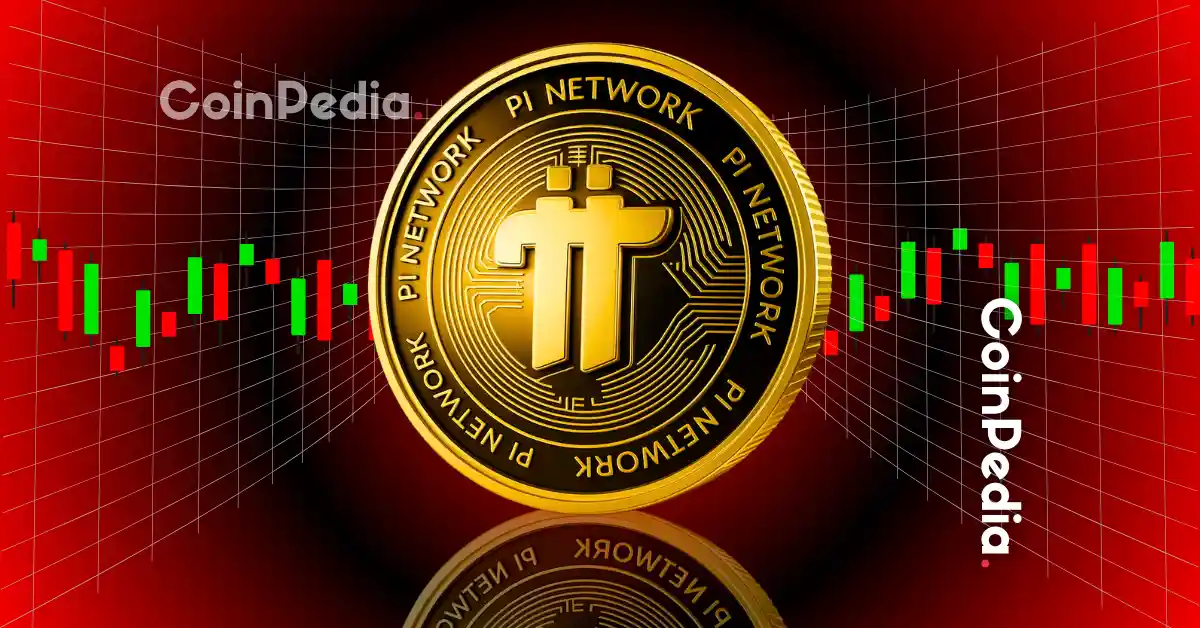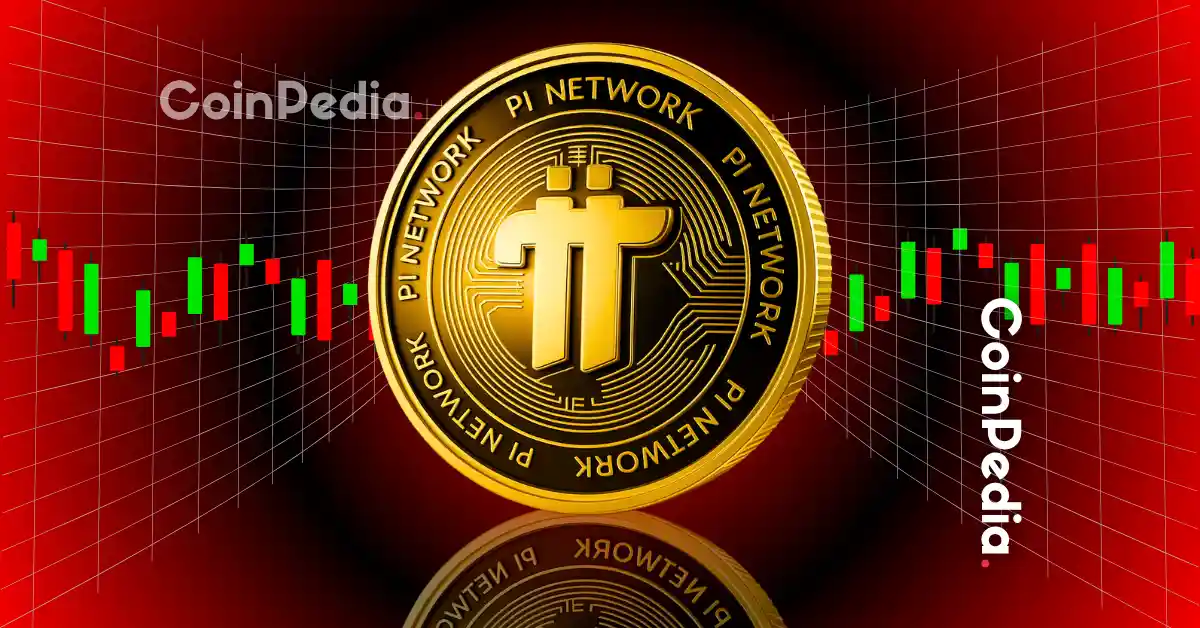The Promise and Perils of Pi Network: A Comprehensive Analysis
Introduction to Pi Network’s Unique Proposition
Pi Network has emerged as a distinctive player in the cryptocurrency landscape, offering a novel approach to digital currency mining. Unlike traditional cryptocurrencies that require specialized hardware and substantial energy consumption, Pi Network enables users to mine cryptocurrency directly from their smartphones. This innovative model has attracted over 65 million users, making it one of the most widely adopted cryptocurrency projects globally.
The core appeal of Pi Network lies in its accessibility. By eliminating the need for expensive mining rigs and technical expertise, it democratizes cryptocurrency mining, allowing anyone with a smartphone to participate. This inclusivity has been a key driver of its rapid growth and widespread adoption.
The Technical and Operational Framework
Mining Mechanism
Pi Network’s mining process is designed to be user-friendly. Users simply need to open the app and tap a button once every 24 hours to initiate the mining process. The app also incorporates a referral system, incentivizing users to invite others to join the network. This referral system has been instrumental in the project’s exponential growth, as it creates a viral loop of user acquisition.
Security and Decentralization
One of the critical aspects of any cryptocurrency project is its security and decentralization. Pi Network claims to be a decentralized network, but its current infrastructure raises questions about the extent of its decentralization. The project relies on a centralized server to process transactions and maintain the ledger, which contradicts the principles of decentralization that underpin most cryptocurrencies.
Governance and Transparency
Transparency is another area of concern for Pi Network. The project’s codebase is not open-source, making it difficult for independent developers and security experts to review and verify its security and functionality. This lack of transparency has led to skepticism about the project’s legitimacy and has raised concerns about potential vulnerabilities or malicious code.
The Controversies and Criticisms
Lack of Liquidity and Market Value
One of the most significant criticisms of Pi Network is the lack of liquidity for Pi coins. Currently, Pi coins cannot be traded on major cryptocurrency exchanges or converted into other cryptocurrencies or fiat currencies. This lack of liquidity makes it challenging to determine the true market value of Pi coins.
The Pi Network team has announced plans to launch an open mainnet, which would allow Pi coins to be traded on exchanges. However, the timeline for this launch has been repeatedly delayed, fueling skepticism about the project’s viability and the potential value of Pi coins.
Data Privacy Concerns
Pi Network’s app requires users to provide personal information, such as their name, email address, and phone number. Additionally, the app tracks user activity within the platform. This data collection has raised concerns about privacy and data security, as the data could be valuable to advertisers or other third parties.
Centralized Control
Despite its claims of decentralization, Pi Network is highly centralized. The project is controlled by a core team of developers who have the power to make unilateral decisions about the project’s direction and governance. This centralized control contradicts the fundamental principles of decentralization that underpin most cryptocurrencies.
The Community and Potential Utility
The Power of the Pi Network Community
One of the strongest arguments in favor of Pi Network is the size and enthusiasm of its community. With over 65 million users, Pi Network has one of the largest user bases of any cryptocurrency project. This large community represents a significant network effect, which could make Pi Network more valuable over time.
Many Pi Network users are actively involved in promoting the project and developing its ecosystem. They are creating apps, building communities, and working to increase the adoption of Pi coins. This community engagement is a positive sign for the project’s long-term potential.
Potential for Utility and Adoption
Pi Network’s supporters point to its potential for utility as a medium of exchange and a platform for decentralized applications. The project’s whitepaper outlines a vision for a decentralized marketplace where users can buy and sell goods and services using Pi coins.
While this vision has yet to be realized, the Pi Network team has been working on developing the infrastructure and tools necessary to support a thriving ecosystem of decentralized applications. If Pi Network can successfully launch its open mainnet and attract developers to build on its platform, it could potentially become a valuable cryptocurrency.
The Future of Pi Network: A Balanced Perspective
Addressing the Concerns
For Pi Network to achieve its long-term vision, it must address the concerns raised by critics. This includes increasing transparency by open-sourcing its codebase, launching the open mainnet to provide liquidity for Pi coins, and decentralizing its governance and control.
The Role of the Community
The Pi Network community will play a crucial role in the project’s success. The enthusiasm and engagement of its users can drive adoption and development, making Pi Network a valuable and widely used cryptocurrency.
The Importance of Caution
Despite the potential of Pi Network, it is essential to approach the project with caution. The lack of transparency, centralized control, and data privacy concerns are significant risks that users should be aware of. Investing time and resources into Pi Network carries inherent risks, and users should not invest more than they can afford to lose.
Conclusion: A Project of Potential and Peril
Pi Network represents a unique and innovative approach to cryptocurrency mining, with the potential to democratize access to digital currencies. Its massive user base and active community are significant assets that could drive its long-term success. However, the project faces substantial challenges, including concerns about transparency, centralized control, and data privacy.
The future of Pi Network hinges on its ability to address these concerns and realize its vision of a decentralized marketplace and ecosystem. Until these milestones are achieved, the true value and potential of Pi Network remain uncertain. Users should approach the project with a critical eye, staying informed and aware of the risks involved. The crypto world is a landscape of both innovation and deception, and navigating it requires diligence, skepticism, and a balanced perspective.












